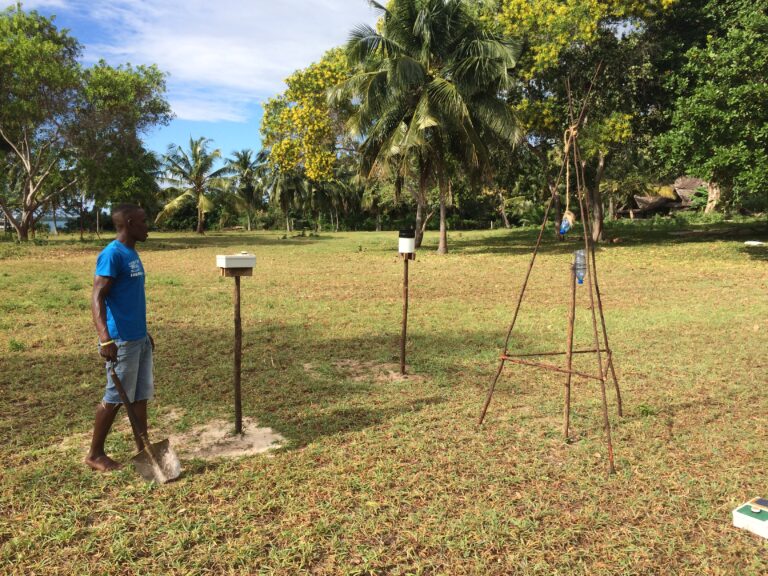Nick van de Giesen, professor at Delft University of Technology and co-director of the Trans-African Hydro-Meteorological Observatory, looks at new, inexpensive technologies that could help to build a network of robust weather stations in Sub-Saharan Africa.
On several occasions over the past few years, Meteorological Technology International has reported on recent developments within the Trans-African Hydro-Meteorological Observatory (TAHMO). This initiative, of which I am co-director, seeks to build, maintain and operate a dense network of 20,000 robust weather stations in Sub-Saharan Africa.
Currently, a little over 500 stations have been installed, which on the one hand is just 2.5% of the final goal but, on the other hand, makes TAHMO already the largest provider of scientific in situ weather and climate data for the African continent.
TAHMO presents a great opportunity to show how technological leapfrogging in the area of meteorological observations is possible in Africa. Of special interest here is that each station has five open SDI12 ports, waiting to be used for cool new sensors. Within TWIGA, a four-year project (2018-2021) funded by the EU’s Horizon2020 program to transform weather data into value-added information services in sub-Saharan Africa, we seek to develop some of these new sensors to feed the quickly growing demand in Africa for information on weather, water and climate. Within the project, we have a good number of ideas, but we are always on the look-out for more. Here, I will highlight two ideas:
The first example concerns the application of new GNSS receivers. Recently, dual-frequency receivers for consumer electronics have come onto the market. First results by Andreas Krietemeyer from TU Delft show that with careful processing, their output is comparable to that of full geodetic stations, which cost about 100 times more.
These new GNSS receivers cancel effects of ionospheric disturbances, which allows us to determine precipitable water content in the atmospheric column with near-millimeter accuracy. Building a network of such receivers would allow us to map atmospheric water content, which would feed simulations of convective storms. Because most rainfall in Africa is convective in nature, the accuracy of (short-term) rain predictions would be greatly improved. Early flood warnings, especially in urban areas, would also become more feasible at low costs.
The second example is much simpler and involves an older idea of using piezo elements, like the ones that make the noise in smoke alarms, to measure rainfall. It is possible to measure the drop-size of each individual drop, but that involves rather advanced signal processing. The idea that we tried recently was much simpler, namely simply counting the number of drops and the intervals between them. These instruments are very simple to make and are great for citizen science projects. All information, including the electronics, 3D printing files, and coding is open source and can be found on GitHub.
An interesting early result by Didier de Villiers at TU Delft showed that for a series of rainstorms in Tanzania, less than 20% of the intervals were Poisson distributed. Normally such information would only be measurable with very advanced and expensive equipment. These simple sensors can also help improve retrieval of rainfall rates from the Global Precipitation Measurement satellites.
I would like to conclude with an invitation to all readers with interesting ideas to join these efforts. We are especially interested in new measurements that would be the basis for new geoservices that can help to financially sustain both the new and existing measurement and data management infrastructure.
Disclaimer: The work leading to these results has received funding from the European Community’s Horizon 2020 Programme (2014-2020) under grant agreement No. 776691 (TWIGA). The opinions expressed in the document are of the author only and no way reflect the European Commission’s opinions. The European Union is not liable for any use that may be made of the information.



